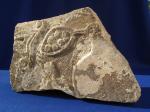
Illustrations
- No uploaded files
Descrizione
- Medieval low relief
- White marble
- 1
- 33.0
- 23.0
- 7.5
- The fragment is broken on all sides and traces of mortar cling to all surfaces, suggesting that it was reused as building material. The carved face is significantly discoloured.
- Carved into the surface of AE 1049 is the great ovular body, small round head and long narrow beak of a peacock pecking at a cluster of grapes. Close inspection of the top of the peacock's head reveals that its characteristic crown was lost when the block was trimmed, as was its tail. The sculptor represented the grapes as seven low hemispheres circumscribed by a raised, elliptical border. On the other side of the grapes, opposite the peacock, is the terminus of the transverse beam of a cross, the corners of which curl into volutes. A guilloche pattern fills the cross’s interior. The recessed "negative" spaces are criss-crossed by chisel marks.
- Though their arrangement differs, this constellation of forms (peacock, cross and vegetal elements) can be found on a large slab (120 x 88 x 8 cm) from S. Maria in Cosmedin, Rome (Melucco Vaccaro 1974, no. 103) and S. Maria in Trastevere (Kautzsch 1939, 39, fig. 67). Both slabs are thought to have served as altar frontals. The baptismal font at S. Giovanni in Laterano, Rome (Melucco Vaccaro 1974, 78) has a similar grouping. The combination of a cross and peacock (either drinking or eating) sometimes appears on
- AE 1064 and AE 1065; The stylized bunch of grapes on AE 1049 is similar to that on AE 1039. The convention—low hemispheres circumscribed by a raised, elliptical border—is the same, but the quality of execution is markedly different. Whereas each grape on AE 1049 was carefully modeled, the grapes on AE 1039 are only roughly incised. The spiral terminating in a flat, disk-like eye can also be seen on AE 556, AE 825, AE 1050, AE 1061b, AE 1134.















![Download [view]](/villamagna/ark//skins/villamagna/images/results/download_sml.png)
